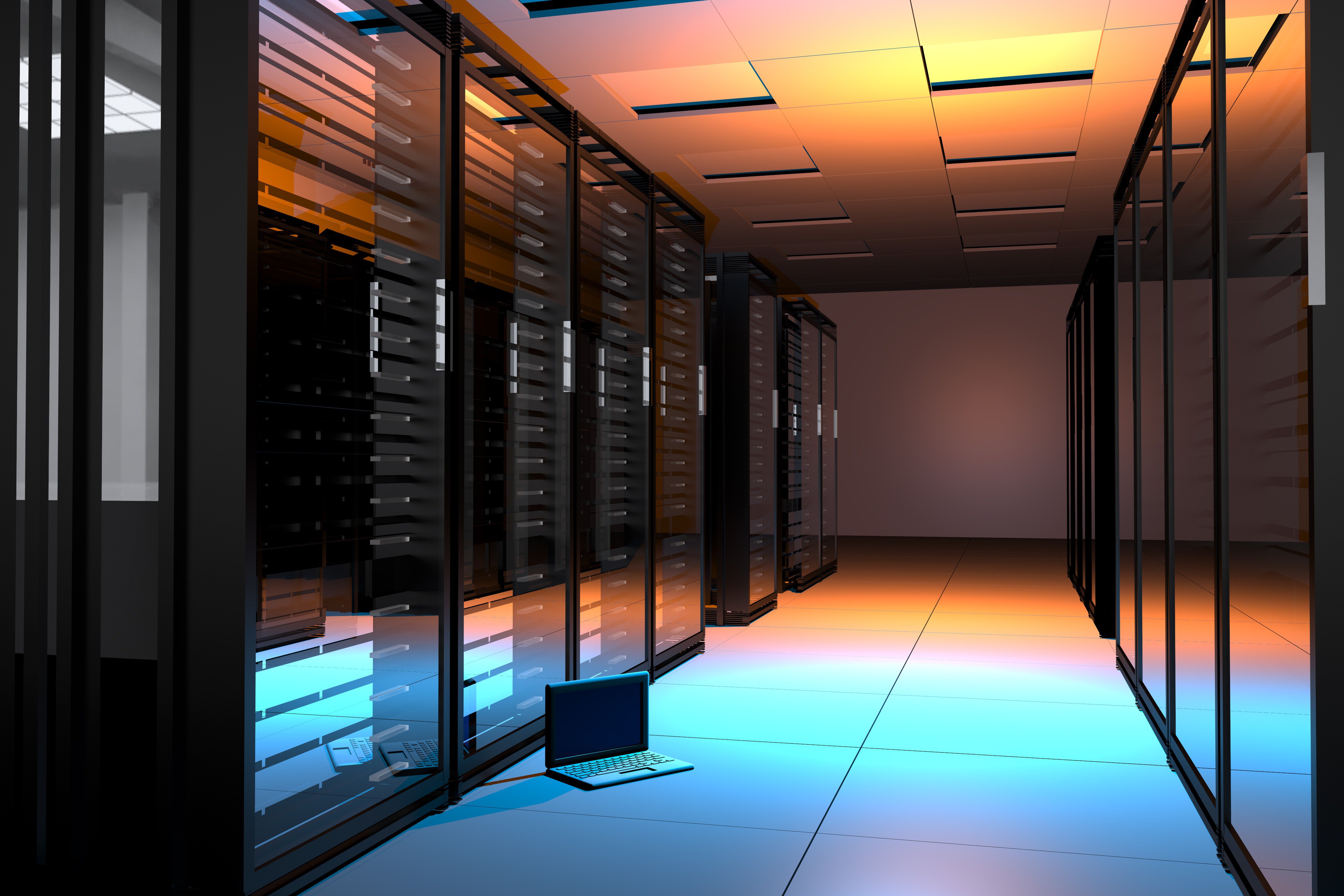The devastating floods of June 2013 in Calgary are a grim reminder of how unforgiving Mother Nature can be. The losses inflicted on Calgarians are very unfortunate and we wish everyone affected all the best in their recovery.
While these events are rare, they do provide technology managers with valuable insight into which backup and disaster recovery protocols work and which do not. At the end of the day, insurance will replace physical goods, but intellectual property and other data cannot be replaced as easily if appropriate precautions are not taken.
As an IT support provider for businesses, Sea to Sky Network Solutions is constantly reviewing how events like these were handled. We consider the effectiveness of different disaster recovery plans by collecting data and producing timelines illustrating the true impact on IT systems and the business they serve. We identify what worked, what did not work, and how we can modify our offsite backup solution accordingly.
We are happy to report that our current backup and disaster recovery offering can protect our client’s data when a similar disaster, such as an earthquake, strikes in British Columbia. Key considerations for this include:
 1. Automate the backup system; human intervention is no longer required to facilitate offsite backups. Software now allows for complete automation of incremental backups on an hourly basis.
1. Automate the backup system; human intervention is no longer required to facilitate offsite backups. Software now allows for complete automation of incremental backups on an hourly basis.
2. Schedule backup testing (weekly); an image of a server’s operating system is the only way to test that a backup actually works. Booting up the image on a virtualized server is the only way to test for true functionality. We include this service with our Managed Service Agreements.
3. Store images of the server in geographically unique locations; make sure data is stored in more than one secure location, even if this is on the server in the office and in a colocation several kilometers away. Ideally multiple offsite data repositories around the country should be implemented, but this cost can be unreasonable for some. Sea to Sky will work with you to maximize your offsite storage capabilities, based on budget.
4. Know how quickly a server image can be restored (time is money); consider how quickly the business can gain access to the data (physically or over the internet). Furthermore, make sure the backup image is able to boot off of different server hardware when power is restored. Backing up data in a useable form, especially if only new hardware configurations are available at the time, is a commonly overlooked concern. Sea to Sky’s backup solution is not dependent on the exact same hardware configuration allowing for a faster restore time. Our goal is to get our clients back to business as quickly as possible.
We recently completed a video case study with the Village of Queen Charlottes detailing the earthquake they experienced in October 2012. The video discusses how Sea to Sky Network Solutions configured a server and BDR (Backup and Disaster Recovery device) with offsite data storage to help the staff maintain access to their critical data during the disaster. The video can be viewed here: www.vimeo.com/seatosky
If you would like to learn more about our backup solution for your business’ server infrastructure contact a team member by emailing info@seatosky.com or calling 604.628.6970 Ext. 1
– Sea to Sky Team



